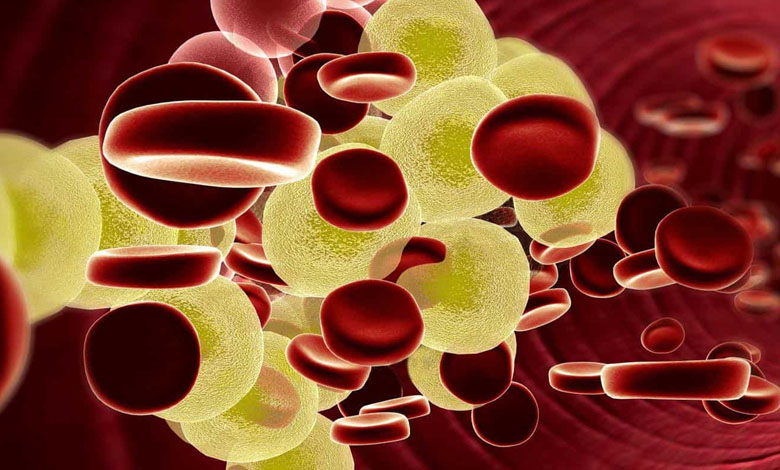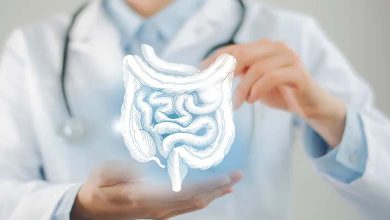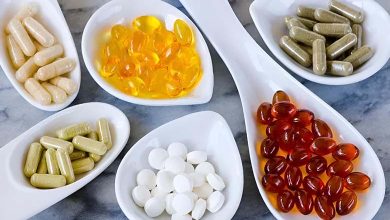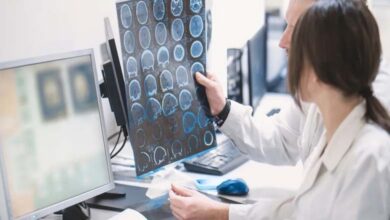Health – High cholesterol and triglycerides: causes, consequences and treatements

Cholesterol is part of the constitution of many elements of the body: cell membranes, hormones, bile salts, vitamin D, etc.
Cholesterol, mainly produced by the liver, is also provided by food.
There are two types of cholesterol. bad cholesterol, LDL-cholesterol. When it is in excess in the blood, is deposited on the walls of the arteries. It can cause blood circulation problems and health problems.
And the good cholesterol, HDL-cholesterol. It collects excess cholesterol from the blood to transport it to the liver, where it is eliminated. This “good cholesterol” therefore exerts a protective effect against cardiovascular diseases.
Triglycerides
Triglycerides are produced by the liver, but also provided by food (sugars, alcohol). They are stored in adipose tissue which is mainly made up of fat. They constitute an important reserve of energy.
The causes
Often, no precise cause at the origin of the dyslipidemias is found. The increase in blood cholesterol and/or triglycerides is explained by a multifactorial origin associating a genetic predisposition and behaviors favoring them, such as:
– Physical inactivity
– Overweight
– An unbalanced diet
The results
L’hypercholesterolemiathe mixed dyslipidemia and some hypertriglyceridaemia are major risk factors for atherosclerosis implicated in the occurrence of cardiovascular diseases:-
– Ischemic heart disease
– Ischemic strokes
– peripheral arterial disease
Other diseases, often associated, aggravate the cardiovascular risk:
– Diabetes
– High blood pressure
Other risk factors may be present:
– Overweight and in particular abdominal obesity;
– Physical inactivity
– An unbalanced diet
– Alcohol consumption
– Smoking
– The stress
When to take a blood test for lipid profile?
Your attending physician will be keen to check at least once. In all women before starting contraception, then in the following year. Then it will depend on the patient’s profile.
What if we have a high rate?
Whatever the cardiovascular risk, it is necessary, to lower the level of fats in the blood, to modify one’s lifestyle, and this, in a more or less important way.
When cardiovascular risk is low or moderate, these changes may be sufficient to normalize the cholesterol and blood triglycerides and taking medication is unnecessary. If the risk is higher, drug treatment may be necessary.
These changes in daily life relate to the following points:
– Stop smoking
– increase physical activity
– adapt your diet.
The treatment
The treatment is not insignificant and will only be prescribed by doctors after analyzing the risk for each patient.
Chronicle produced by Doctor Emmanuelle Seris, Grand Est union delegate for the association of emergency physicians in France and head of Smur de Sarreguemines and Bitche.












